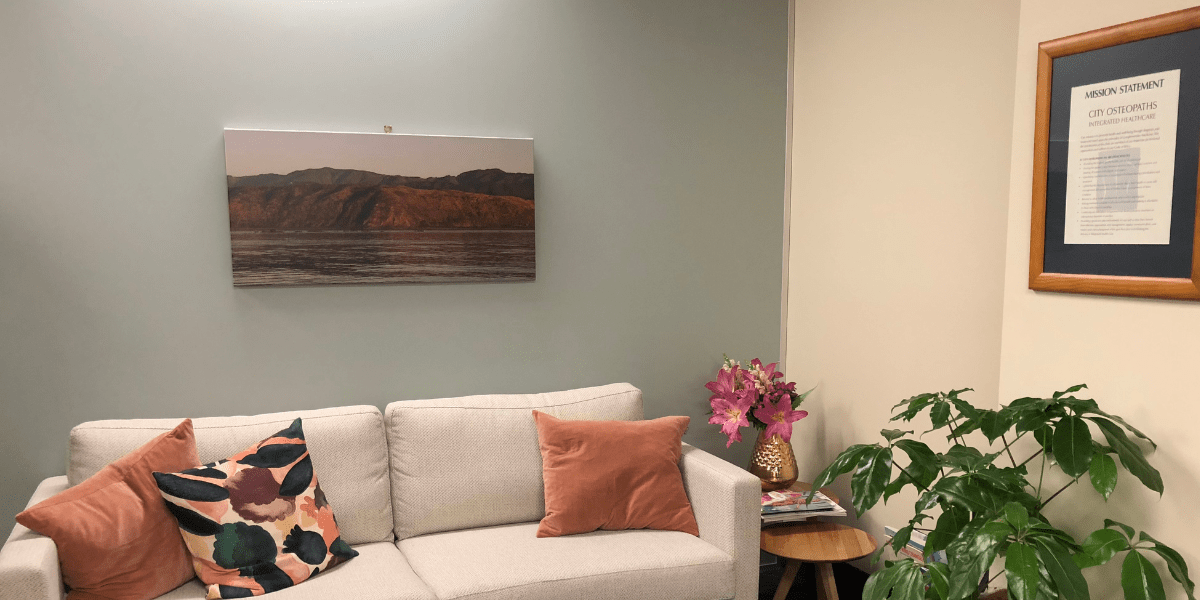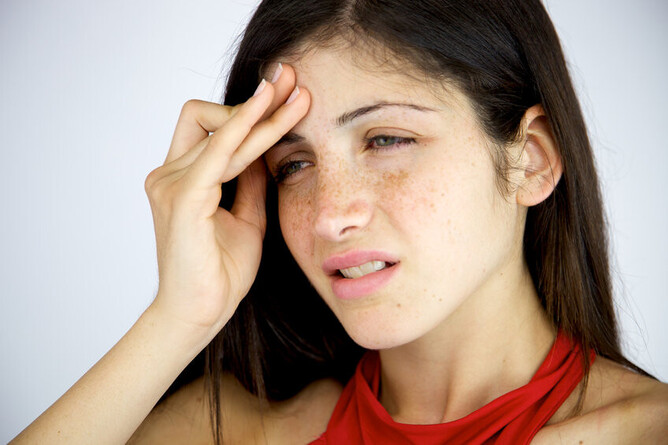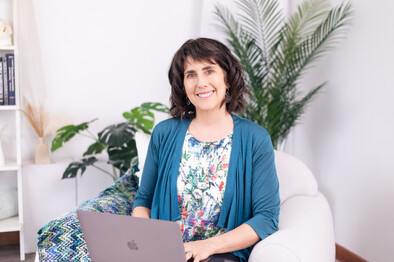What to do when you have a head injury?
A concussion is a brain injury. It may involve loss of consciousness. However, a concussion most often occurs without a loss of consciousness.
Concussions happen when bumps, blows, or jolts to the head or body cause the brain to move around inside the skull. It may also result from a whiplash effect on the head and neck. The brain injury that results can be mild or more severe and can disrupt how the brain normally works by causing bruising and swelling inside the skull which presses on sensitive neural tissue (brain).
Concussions can be hard to recognise because there may not be obvious signs of trauma. Signs and symptoms may have delayed onset and may be worse later that day or even the next morning.
Initial Response: If there is a loss of consciousness, or severe symptoms, call an ambulance by phoning 111. Assume possible neck injury. Only remove the victim from the current situation if it is dangerous to remain there. Do not leave the injured person alone: monitor signs and symptoms. The injured person should be evaluated by a trained health professional and they should not return to the activity until all steps below are clear.
Signs and Symptoms of a concussion:
Poor balance or coordination
Slow or slurred speech
Poor concentration
Delayed responses to questions
Vacant Stare
Unusual emotions
Personality change
Inappropriate behaviour
Headache
Dizziness
Feeling Dazed
Seeing stars
Sensitivity to light
Ringing in ears
Tiredness
Nausea
Vomiting
Irritability
Confusion
Disorientation
Difficulty sleeping
Steps for Returning to Normal Activity after a Concussion
To assist your recovery from a concussion the best plan is initially complete rest for 24 to 48 hours. Complete rest includes rest for the body (no playing sports or doing chores) and for the brain (no TV, video games, or reading, ideally you would have a calm relaxed mind. Meditation and sleep are beneficial).
Step 1: No Activity - complete physical and cognitive rest. Try to see your GP or concussion recovery practitioner Venla Kärki to have a assessment.
Step 2: Light Activity - walking at a pace so that your headache doesnt get worse, Breathing well will help your brain with its oxygenation. Gentle swimming, cycling, light chores, reading, possibly a partial return to work/school
Step 3: Some Skilled Activity - Simple non-contact drills in sports, more time spent at school or work, as long as symptoms do not worsen.
Step 4: More Skilled Activity - progress to more complex drills in sport, may start progressive resistance training, not-contact play with other people
Step 5: Normal Routine and School/Work Routine - Following medical clearance you may participate in normal sports practices, games, chores, and your normal work and school routines
Note: The injured person should proceed through the above steps only when they do not experience worsening symptoms or signs and a physician has given the clearance. If symptoms or signs worsen, the injured person should return to the previous step and be re-evaluated by a trained health professional.
At City Osteopaths we have a Concussion Recovery Clinic. Here you can be assessed and given the most up to date advice and care. We find that gentle osteopathic treatment combined with mild Hyperbaric Oxygen Therapy (mHBOT) is very helpful in aiding recovery from the symptoms of concussion listed above.
How do we do this? Gentle treatment of the muscles, fascia, and nerves of the neck and upper back along with assisting normal tension of the membranes in the head, can allow an improvement in blood supply to the brain and drainage from the brain. To help concussion symptoms ease even further we combine this with Hyperbaric Oxygen Therapy to improve oxygen to dormant parts of the brain and reduce swelling to really help the brain function again.
Any questions, just get in touch with our front desk team on 044991439 and one of our concussion team will call you back.
To find out more about the author Melanie, click here



